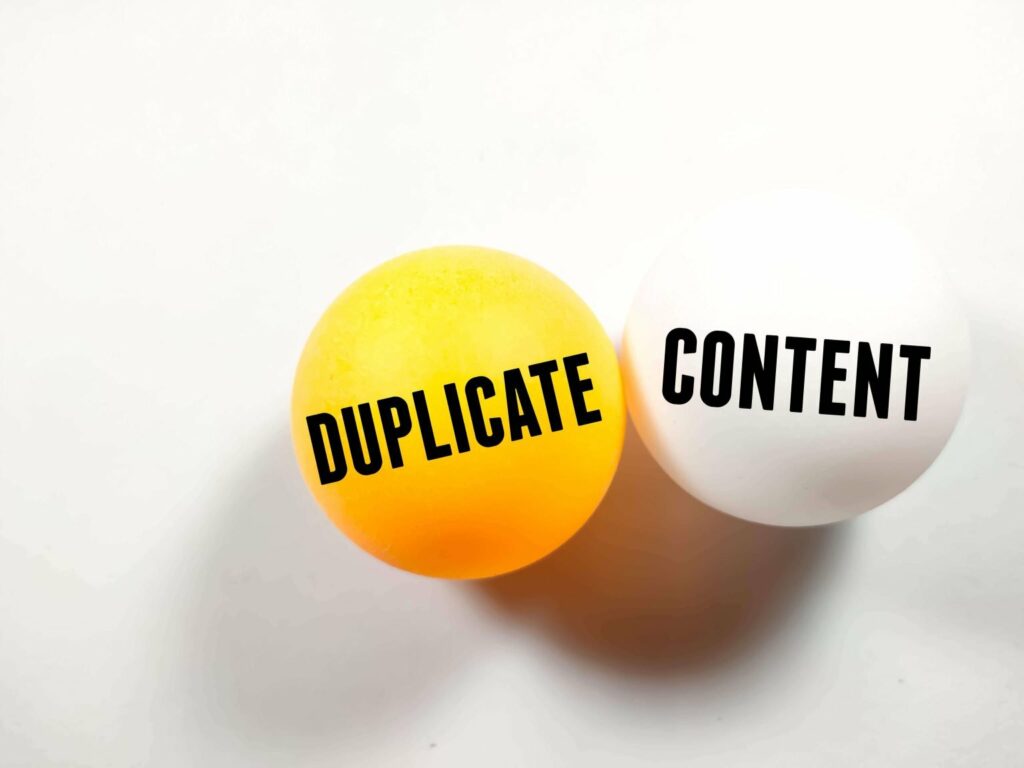Content scraping is one of the more annoying of the bot based fraudulent activities. OK, it’s not going to take your website offline for days. But it can potentially undermine your SEO efforts, or even be used to entirely copy your site for potentially nefarious purposes.
Although it does fall under the heading of plagiarism, and is definitely copyright infringement, is it really something you need to worry about?
What is content scraping?
It’s the unauthorized copying of content or inventory from one website to another. And yes, content scraping is technically illegal. The process is usually automated, with bots used to crawl a website and harvest the data which is then repurposed elsewhere.
Although content scraping is harvesting publicly available information, digital content is actually protected under the same copyright laws that other publications enjoy.
If you’ve heard the phrase, “imitation is the best form of flattery”, then content scraping will make you think twice.
These scraper bots can also pull data from hidden databases (if they’re improperly secured), pricing information, email lists, and even your social media feeds.
Thankfully, there are ways to prevent content scraping on your own website, which we’ll look at in a moment.
What is the point of content scraping?
If you’re wondering what the purpose of content scraping is for the average website owner, the answer is usually quite simple: fraud. One of the main reasons to scrape content from a website is to spoof or copy the site for fraudulent purposes.
Fooling people into thinking that they have clicked to a genuine website opens the door to all sorts of sneaky activities.
Faked ecommerce stores
Spoofed websites can be used to fool people into paying for products or services that they will most likely never get.
For example, a fraudster might set up a website that looks exactly like a popular ecommerce brand, right down the content on the front page and in the inventory.
An unsuspecting user visits the site, sees a great deal on their item and buys it. But their product is either a low grade rip-off, or worse still, it never arrives. Even worse, their payment details may have been harvested by these sneaky fraudsters for payment card fraud.
Hosting fake ads
Spoofed websites are also popular with advertising click fraud operators, or ad fraud. These are also likely to use spoofed domain names, for example; forbess dot com or busnessinsider dot com.
Fraudulent publishers who use content scraping and ad fraud are also going to use other sneaky tactics to inflate their payout, such as using fake or bot traffic.
To add to this, if your website appears as if it’s part of an ad fraud campaign (even if it’s not yours) it can negatively impact your reputation too.
Find out more about ad fraud in our guide.
Plagiarism
Obviously one reason for content scraping is simple plagiarism. Why bother? Well, some websites just want to fill their pages with content and they’ll take whatever they can get.
This can also mean that your scraped data is displayed on multiple websites, diluting your content strength further.
A sneaky way that sites get around this is by using additional software to paraphrase some of the scraped content. So for example, instead of using the sentence:
“Content scraping is illegal because it steals copyrighted content”
The scraped and paraphrased version might say:
“Happiness collecting is against the law because it thieves copywritten words”
You may notice that the second sentence doesn’t make any sense, as the words have been translated literally. Although your content has been plagiarized, and paraphrased, it might not bear an exact resemblance to your article any more.
Does this make it less of a problem? One could say that yes, it’s not a problem as your content hasn’t been copied directly. But, there are other issues that could impact you later on.

What are the problems with content scraping?
Of course, with faked websites or websites built for fraud using your well-written original content, there are issues beyond just being spoofed.
Data scrapers crawling your site contribute to your skewed performance metrics. All that fake data can make it look like your site is performing well, but in reality, it’s those sneaky scraper bots.
But that’s not all…
Negative SEO is probably the main problem related to content scraping for most publishers and webmasters.
Website owners obviously put a lot of time and effort into creating their content strategies and building up their organic traffic. The last thing anyone needs is for a data scraper to come in, poach your content, and put it on a competing domain.
And, worse still, this duplicate content can even negatively impact your SEO, losing you places in the search rankings.
Although Google representatives have stated that duplicate content itself won’t result in a Google penalty, the practice shows that actually it can impact your search rankings.
And with content scraping, your might find your data allows other websites to rank above you! Double frustrating.
There are also challenges with SEO spam attacks designed to intentionally damage your rankings.
Is data scraping the same as content scraping?
One method of harvesting information is known as data scraping, or contact scraping, which has some similarities to content scraping.
Data scraping usually involves collecting publicly available data from a web page such as a contact information. This is usually email addresses, but can be any information used by sales and marketing teams such as phone numbers, contact names and more.
Most often this will be for companies creating lists for targeted outreach marketing, or for press contacts.
Although this form of content scraping may not appear to be for malicious purposes, this database of web data can be used by other annoying or damaging practices such as spam. And the sort of businesses that harvest email addresses in this manner are often
How to spot and block content scraping
The best way to avoid content scraping is to set up systems to monitor it, and to block the types of web scrapers that are used.
Firstly, how can you spot content scrapers?
Spotting content scrapers
1. Pingbacks on internal links
If you use a WordPress website or other content management system such as Wix, you should get a pingback every time a post links to your site. This is especially useful with content scraping as you’ll get a pingback if someone has lifted your content, internal links and all…
And of course, you already include internal links because they’re SEO best practice. Right?
2. Search for your titles or text
If you think a particular post has been scraped, you can run a search for the title to see if it shows up in Google. Hopefully yours is top – but there might also be a sneaky duplicate popping up if you have been scraped!
3. Google Alerts
One of the best free tools you can use to monitor your web content is Google Alerts. You can set up an alert to track your own web content (include the title or perhaps just the subject if you’re writing on a niche topic). Adjust the alerts for once a week to avoid cluttering up your inbox, or better still, create a specific inbox for your alerts.
4. Using keyword tools
Seeing as you already use tools like Ahrefs, SEM Rush or Grammarly, you can also use these to find duplicate web content. Grammarly will, of course, find plagiarism which can also include scraped content. Read more on Ahrefs and SEM Rush blogs about dealing with duplicate content.
Blocking content scrapers
There several ways to block content scrapers from accessing your website. One is to keep your content gated, meaning that users need to fill out a form to access your guides, ebooks, or other resources.
This can work for those looking to use their resources as inbound marketing leads, but might not suit everyone, especially if you want your blog to be accessible to search traffic on the internet.
Of course, the most effective way to avoid the issue of content scraping is… To block content scrapers!
Bot Zapping from ClickCease is a new tool designed to stop malicious automated bots on WordPress sites. This includes spam bots, brute force logins, malware injection, and, of course, content scraping.
If you want to keep your original content protected and also avoid data being scraped from your website, Bot Zapping is what you need. Our new bot prevention tool directs bots to a 403 page, so they can’t access any information or data on your page.
Use Bot Zapping for WordPress as part of your ClickCease subscription or as a standalone service.
Try ClickCease for free with our 7-day trial.
